
“They’re very raw,” Jan Luehn notes from his base outside Münster, Germany. “Very pure. No driver aids; no turbos; just a big, naturally aspirated V8 behind you and a fantastic noise inside and outside the car.” Visceral, sophisticated, razor-sharp. Qualities that permeate the Ferrari 458 GTE to its core.
“These are proper GTs, purpose-built for circuit racing, and handcrafted in small numbers by Michelotto.” The name alone carries weight with cognoscenti. Nestled in Italy’s ancient city of Padua, the firm collaborated with Ferrari for over four decades, starting with race and rally versions of the 308 GTB in Group 4 and Group B from the late 1970s.

“458 GTE follows a tradition of factory Ferrari GTs,” Luehn continues. Rolling sculptures suffused with soul, more than mere machines made to win. But win they did – wherever they turned a wheel. In a career spanning 617 races between 2011 and 2017, a total of 43 458 GTEs scored 104 victories around the globe. Among their standout successes rank two triumphs at the 24 Hours of Le Mans, in both LM GTE Pro and LM GTE Am classes, plus three GT Manufacturers titles in the FIA World Endurance Championship (WEC). “They’re special,” Luehn agrees, “very different from the Challenge cars which were upgraded from roadgoing models.” He should know. Of the 11 works examples produced, he’s sold nine – including chassis #2880, part of his personal collection which completed “Two seasons in WEC” and is currently on the market.
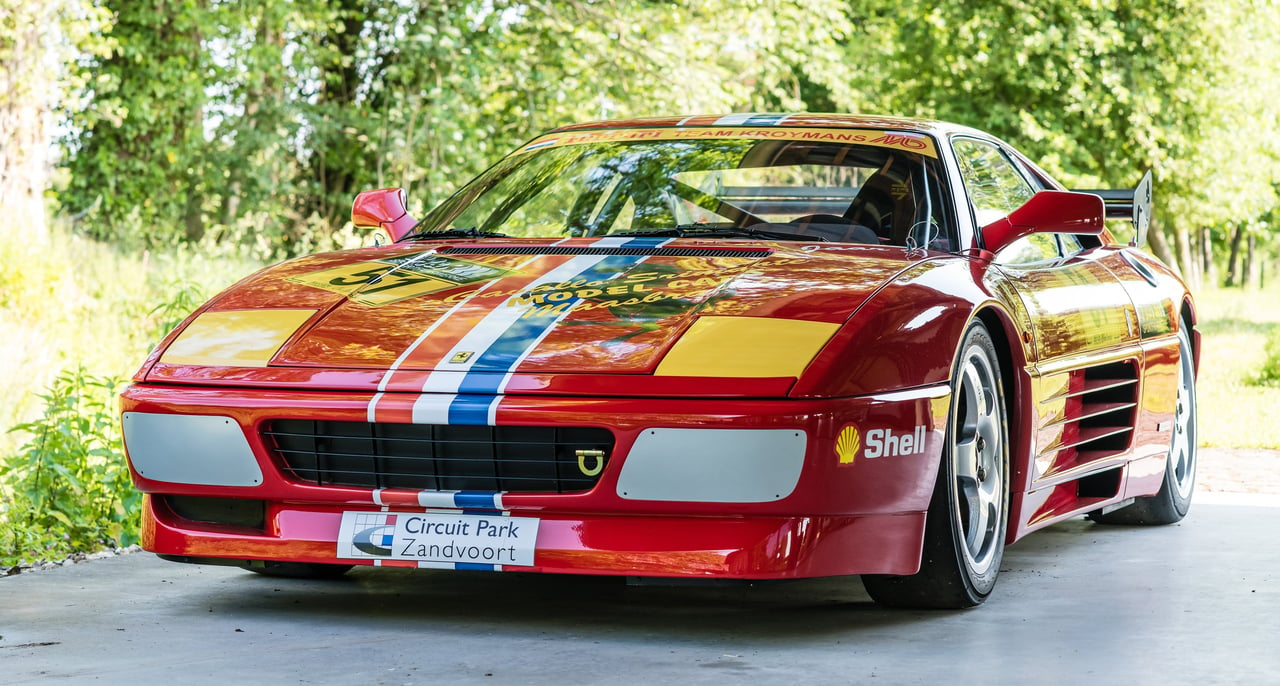
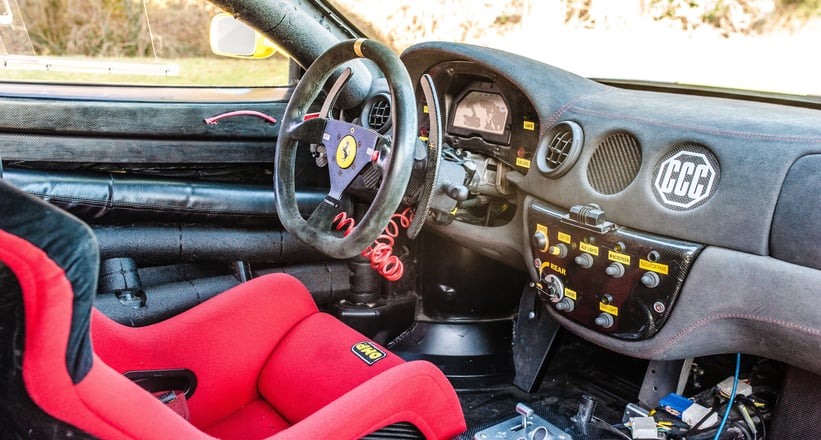
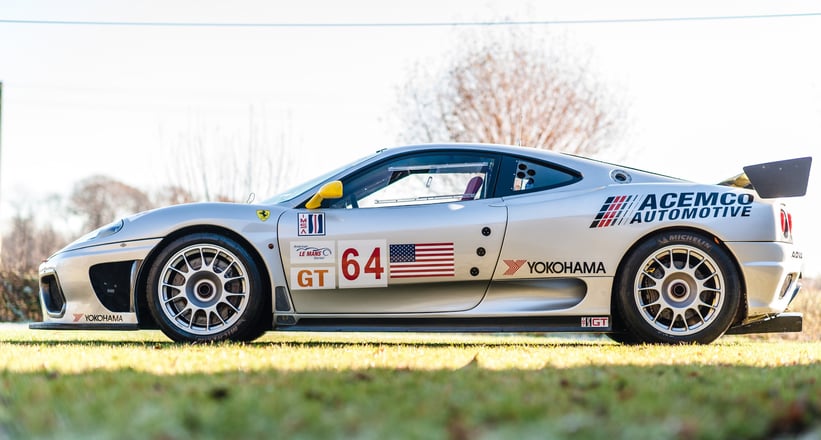
Rewind to 1991: Luca di Montezemolo’s return to the Prancing Horse exposed its ‘junior’ GT, the 348. Honda’s NSX outshone it dynamically, and even Fiat’s Strada Abarth outran it in a traffic-light GP – an indignity di Montezemolo himself had endured. “So, at my first meeting as Ferrari chairman,” he said in an interview, “The MD of our road car division asked, ‘How is the 348? Fantastic?’ I said, ‘Listen, don't say this to me because I'm a customer.’ I knew well the problems with the car, and I made a list of them.” It led to the much-revised F355 and game-changing 360 Modena. Before they launched, the ultra-rare 348 GT Competizione (GTC) and GT LM hit the track. “The 348 GTC, with its five-speed, dog-leg gearbox, is the last of the manual cars,” explains Luehn about the model which represents a 400,000 euro entry point into modern-era, factory Ferrari GTs. “As far as I’m aware, there were only three 348 GT LMs – real racing cars, difficult to find – which fetch 1 million euros.” F355s were reserved for private teams in GT3 guise and skipped the Michelotto treatment. “Ferrari was concentrating on the F40 LM and 330 SP, so capacity was limited. But from 2002, you have the 360s – the GT and N-GT – which were the first, highly successful cars under di Montezemolo in FIA GT racing, battling 996-gen Porsche 911 GT3s. They average 500,000 euros; but for a top car, I would estimate 750,000 euros. Next, were the 430s, GT2 and GTC, and later, the widebody versions.” With this model, Luehn’s business took off.
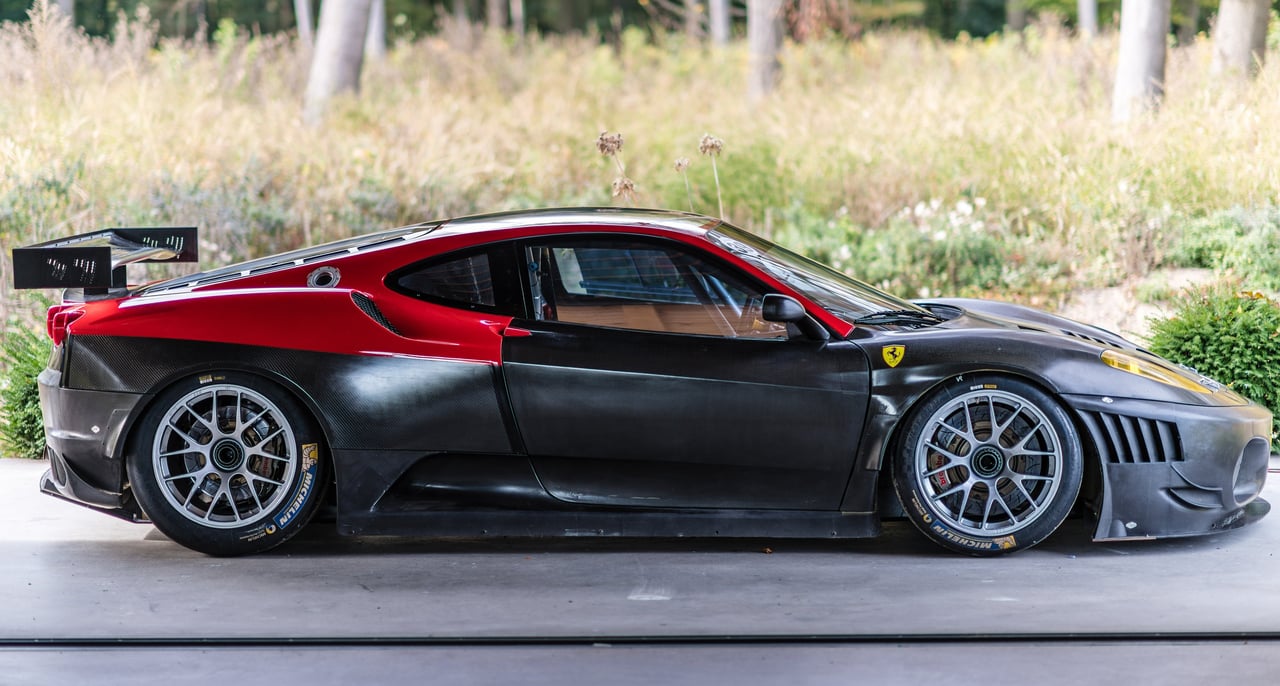
“I was looking for a niche,” he says. “And I chose Ferrari. With Porsche, it’s one of the most important – if not the most important – brands in GT competition for race and championship wins. But it’s a matter of taste.” According to him, Weissach’s flat-six Neunelfer was blighted by “High production numbers”, an Aston Martin Vantage seemed “Too British”, and Chevrolet’s Corvette C6.Rs “Didn’t resonate”. So, he beat a path to the door of AF Corse in Piacenza – Ferrari’s official racing partner in WEC. “They became the factory team in 2011,” Luehn says. “But they’d already run GTs with Ferrari support and had a lot of outdated cars.” One was a widebody 430 GTC, the ultimate evolution in a 24-car lineup, when “You could still get them for 300,000–350,000 euros.” Today, you’d pay at least double. “I bought it; did some track days, and people asked: “Can you find me another?”” That’s where Jan B. Luehn began. “A car run by a private team in the European Le Mans Series costs around 600,000 euros. Really good examples with Le Mans history, are 1.2 million euros.”
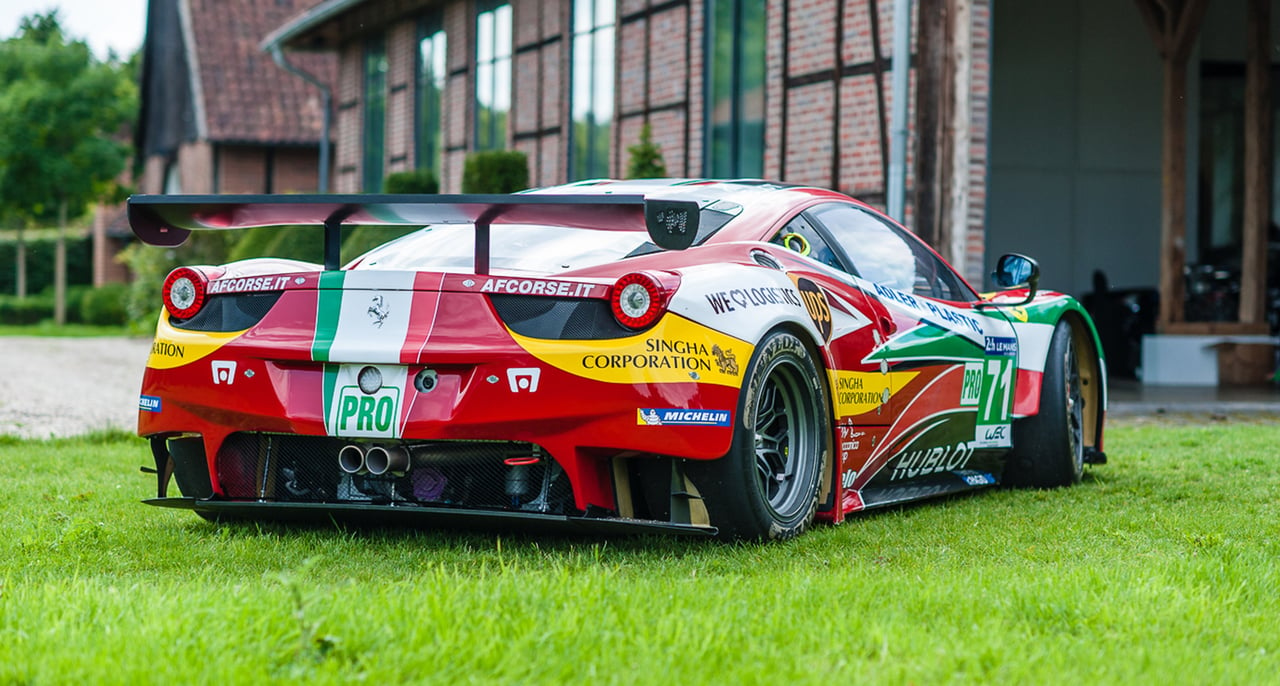
The 458 Italia GT debuted on March 19, 2011, at the Mobil 1 Twelve Hours of Sebring. It featured an air-restricted, 4,499-cc V8 firing 465 bhp through a Hewland, six-speed, sequential ’box. “Early cars were badged GT2s,” Luehn confirms, “They evolved to become GTEs.” Cristiano Michelotto, son of Michelotto Engineering’s founding-father picks up a story 20 years in the making. “From the 348 GTC and GT LM, we were placed in charge of concept and design to testing, manufacturing and after-sales service. Obviously, with the control and financial backing of Ferrari.” The relationship was an exercise in motorsport-fuelled R&D. “Ferrari GTs from this period were often used to trial components for future road cars.” The 458 GT2/GTE was “99% different” from its “Work of art” progenitor. “The basis was already magnificent,” Michelotto nods, “But if you bring me a 458, even a Challenge car, and tell me, “Turn it into a GT racer,” I will say, “Sorry, it’s not economically possible.””
That meant a ground-up approach. “Because of the regulations, you have to respect some aspects of the road car,” Michelotto explains. Including its aluminium monocoque. “But with the engine, we kept only the casting of the crankcase and cylinder heads.” All internals were bespoke. Suspension, brakes, aero, transmission: each was optimised for performance and reliability – with setup flexibility mandated from day one. “I remember Amadeo Felisa, Technical Director and CEO of Ferrari, following very closely the programme and our results.” He didn’t have to wait long. Seven months after Sebring, the No. 51 car of Giancarlo Fisichella, Gianmaria Bruni and Toni Vilander claimed the Le Mans Grand Touring prize at Road Atlanta’s, 10-hour Petit Le Mans. It was the 458 GTE’s first win, and a key contributor to the LMGTE Pro Team title in 2011’s Intercontinental Le Mans Cup.

Today, the cars’ remarkable achievements reflect in their buyer appeal. “At minimum,” Luehn says, “Customer cars from a smaller racing series, or cars sold to private individuals for club racing and track days, are 800,000 euros; with nice history, maybe 1.3 million euros. Then, you have the works cars at 2 million euros.” Those with significant on-track stats realise more. “The two 458 GTEs that won Le Mans are easily 3.5–4 million euros.” For Luehn, this is as good as modern-era Ferrari GTs get.
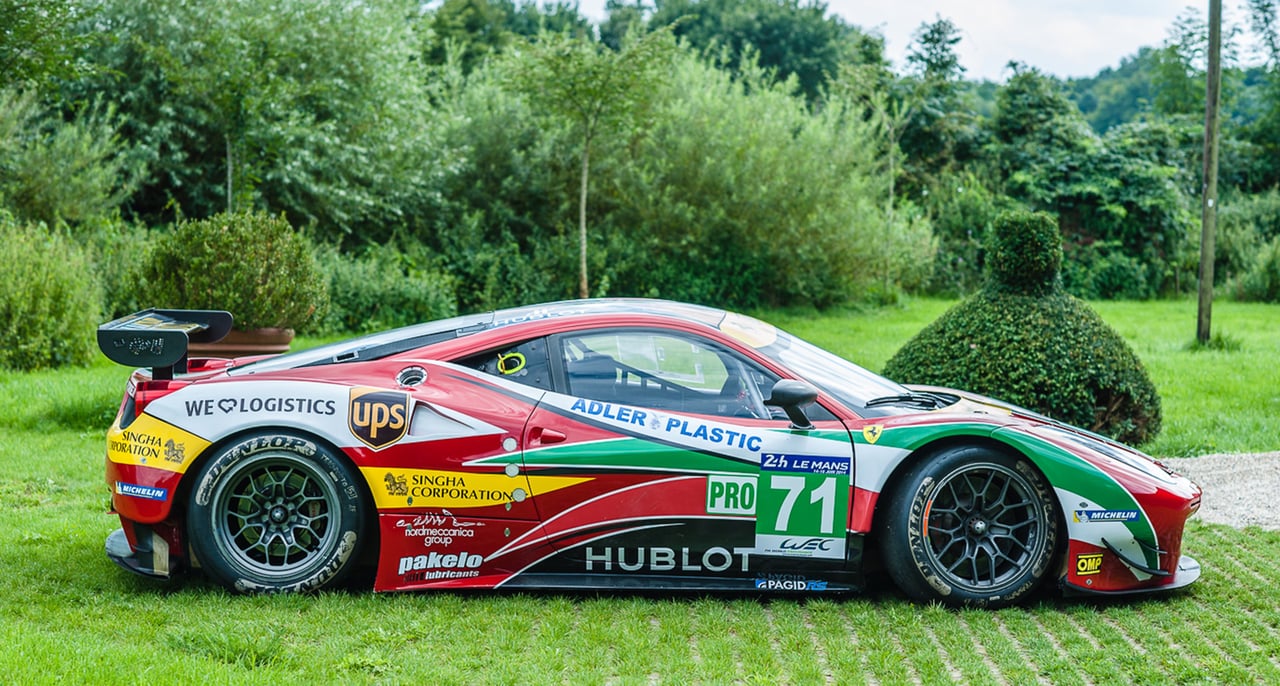
“The 488 GTE is incredible, but a different experience. The first time I drove one with the twin-turbos, I found it quite difficult, because you don't hear really the revs. So, you’re often looking at the dash. Also, it’s much bigger.” Not that this registers in usability or value. “The car was designed to be upgraded or downgraded on the same chassis. You could buy it as a GT3 and convert it to GTE spec with a kit, which was great for teams running in multiple series.” A 488 GT3, modified to GTE status, starts at 1 million euros. Customer cars with history reach 1.2–1.3 million euros; their works stablemates command a 1.3-million euro premium. “Each of the Le Mans winners,” Luehn concludes, “Would be 4 million euros.” Sizeable investments that are only heading north.
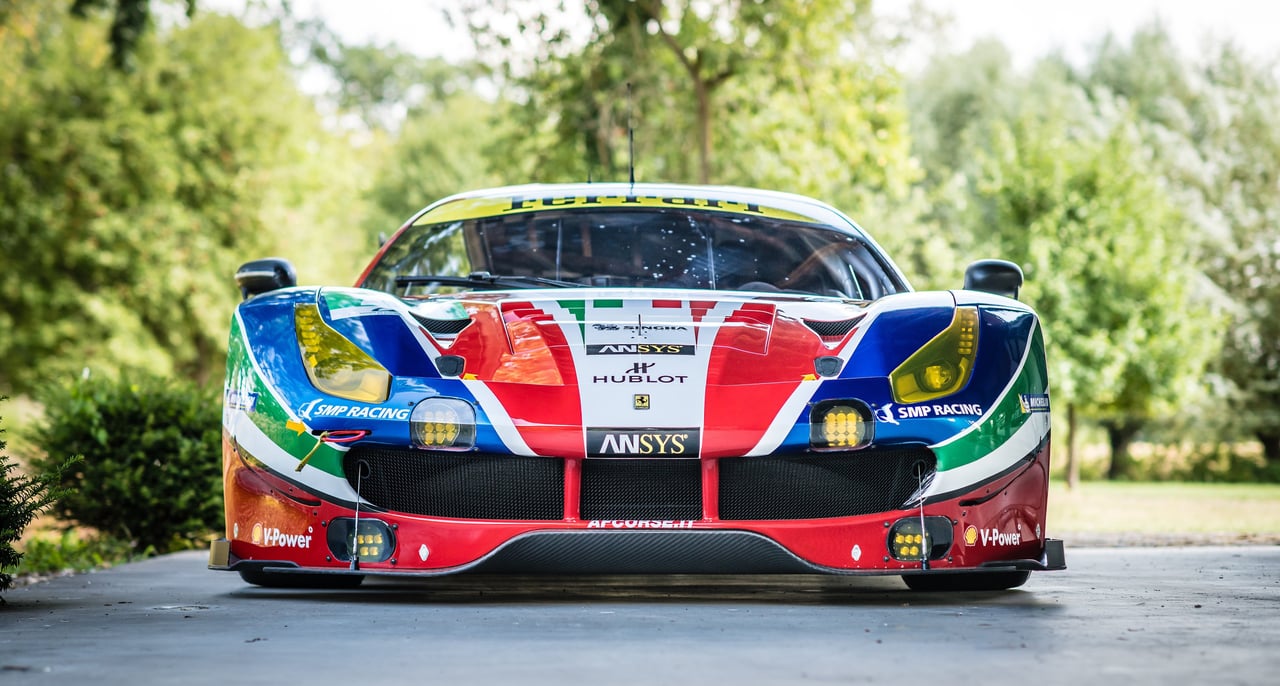
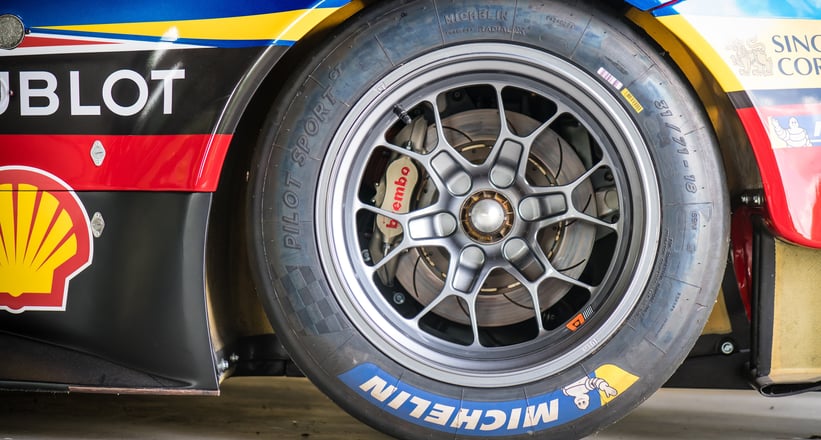
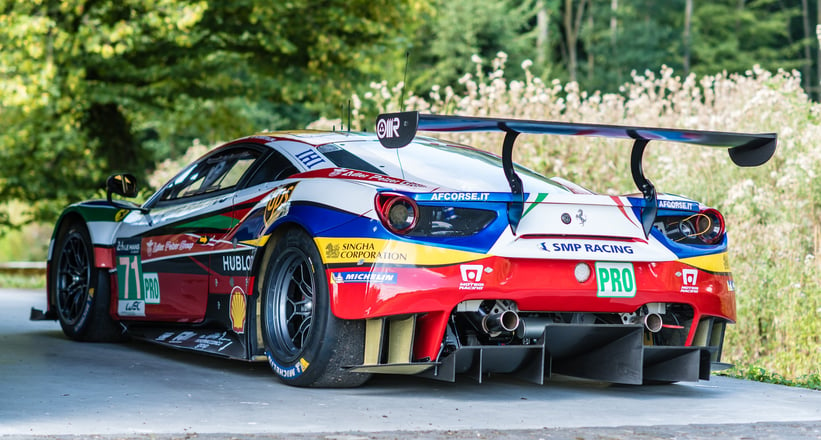
“I’m always asked about running costs,” Luehn smiles. “But if you can afford the car, you can afford the maintenance. It’s not crazy expensive. With the right care, any of these cars will be reliable.” Ecco: they were conceived to conquer 6-, 12- and 24-hour ordeals. Which suggests the obvious: where can they be let loose in 2025? “Ferrari’s Club Competizione GT is excellent,” Luehn says of the “6 or 7 events” it hosts alongside the Corse Clienti programme at circuits worldwide. “Otherwise, Peter Auto and Masters Historic Racing series offer classes where modern Ferrari GTs are eligible and competitive.”

A contemporary 296 GT3 – assembled by ORECA in France, exclusively for ‘gentleman drivers’ – sports a 3-litre six-cylinder with two turbos and plenty of tech. “The romance is perhaps not the same as a simpler, all-Italian works entry from previous generations,” Luehn muses. “That combination of Ferrari, Michelotto and AF Corse was something else.” Cristiano Michelotto proves his point. “From the 348 to the 488, it’s like when you have five sons: you love them all! And when you have lived these projects, from the inside, it is difficult to say… But if I must choose one car, to put in my garage, it is the 458 Italia GT.”

















































